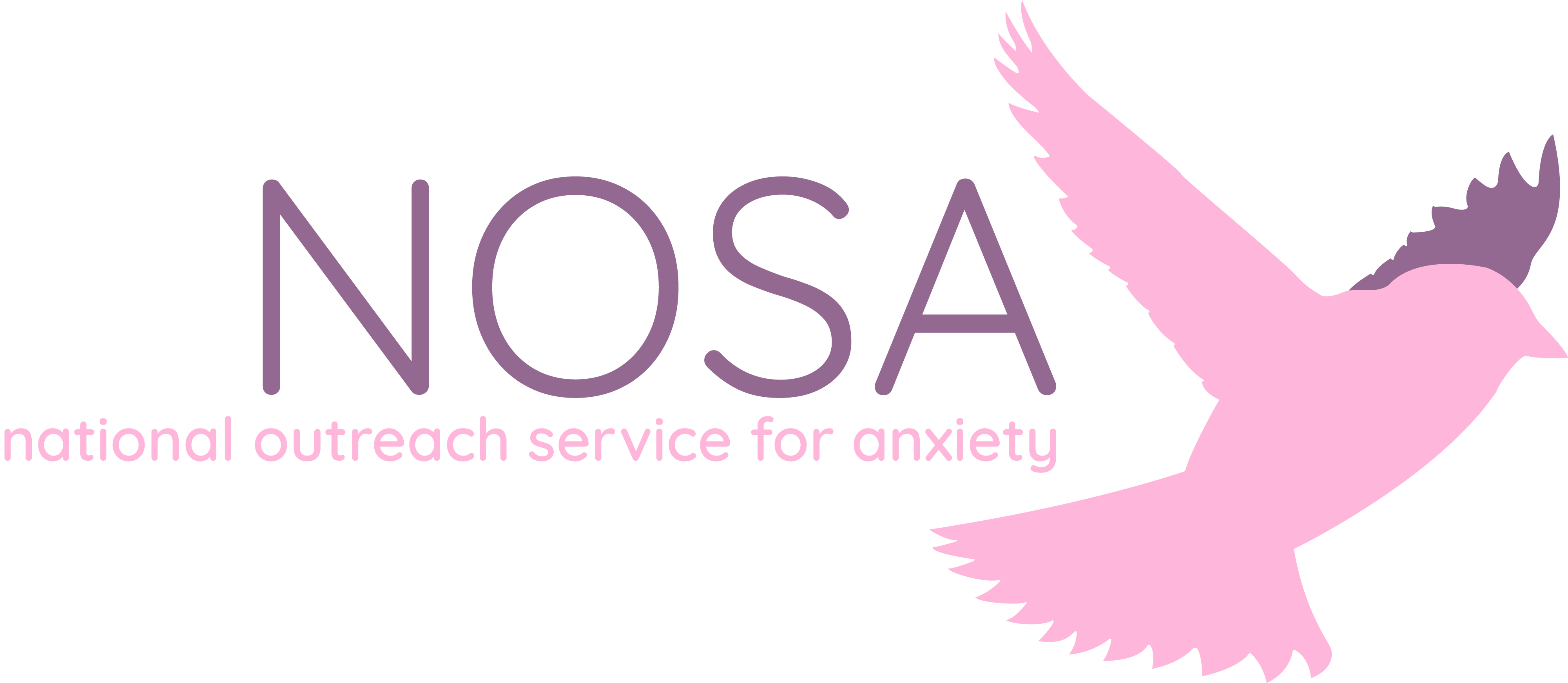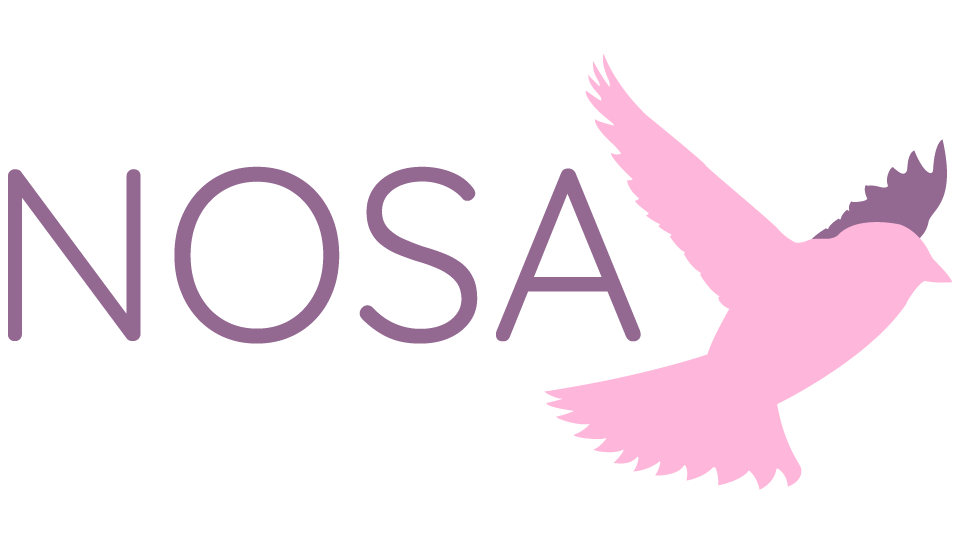panic and agoraphobia
therapy and treatment

panic
It can be a very disturbing experience to have a panic attack. A panic attack involves an intense and often unexpected episode of physical symptoms, that can include breathlessness, sweating, dizziness, blurred vision, nausea, chest pain, dry mouth and feeling that you need to go to the toilet. Often people who experience these attacks might fear a particular outcome, such as they will faint, be sick or have a heart attack. Often these problems can lead to avoidance of certain situations and activities. For example, someone who fears their symptoms may lead to a heart attack might avoid physical activity and exercise.
agoraphobia
Panic attacks are sometimes combined with agoraphobia: a fear of situations where escape is difficult or access to help is limited. It is usually developed as a response to the panic attacks (the person fears the panic attacks so much that they avoid situations which they believe will trigger them). Common avoided situations/places include wide open spaces, super markets, crowded places and public transport. The problem can become so bad that the individual can fear leaving the home altogether, leading to isolation and an inability to attend work.
common symptoms of panic
Rapid heart beat
Sweating
Difficulties breathing (Hyperventilating)
Feeling faint
common symptoms of agoraphobia
Avoidance of certain situations and/or activities including (but not limited to), shopping centers, public transport, parks, and public spaces.
Distress and/or anxiety symptoms when leaving the home may lead to isolation.
Having to enlist other people to help with day-to-day living tasks, for example, shopping.
treatment for panic and agoraphobia
The evidence-base (research and results from clinical trials) recommend a course of Cognitive Behavioural Therapy (CBT) for the treatment of panic (with or without agoraphobia). This will involve first identifying the beliefs and behaviours that maintain your panic attacks, and secondly learning techniques to challenge these symptoms.
For most, a course of between twelve to sixteen therapy hours, will be enough for people to feel that they can overcome their problems. However, some people may need more sessions with or without an adapted approach. This may especially be true in cases where people are afraid to leave the home. In these cases, it can be essential for the therapist to come to the home of the person requiring treatment.
At NOSA we will take time to asses your individual needs and work in collaboration with you to recommend a treatment package that best meets your goals.

